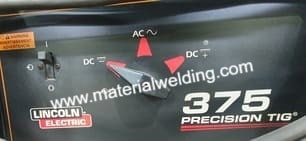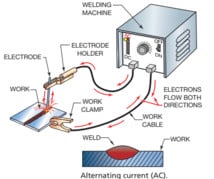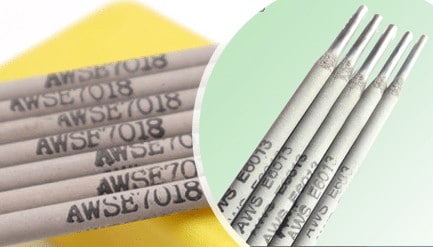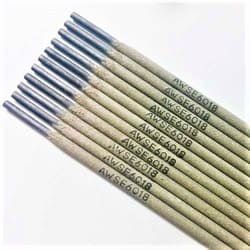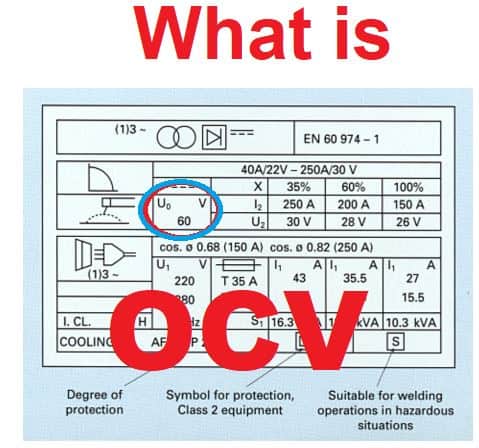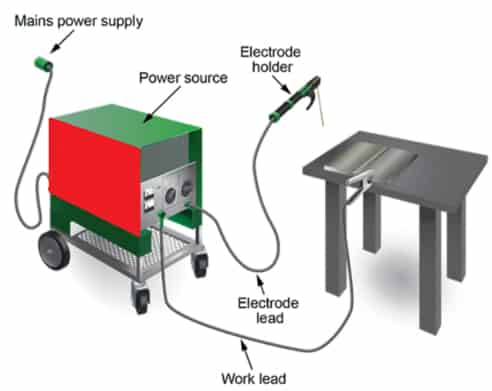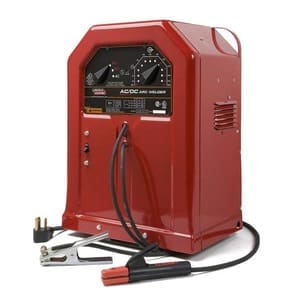What is Stick Welding?
Stick welding (SMAW) is a welding process that uses a coated electrode using a Welding Transformer (AC type) or Constant Current (CC) type (DC Type) welder or welding machine.
The welding machine or the welders have two output terminals in both AC or DC type machines. One end of the terminal is attached to the workpiece and the other is attached to the welding electrode holder as shown in the below diagram.
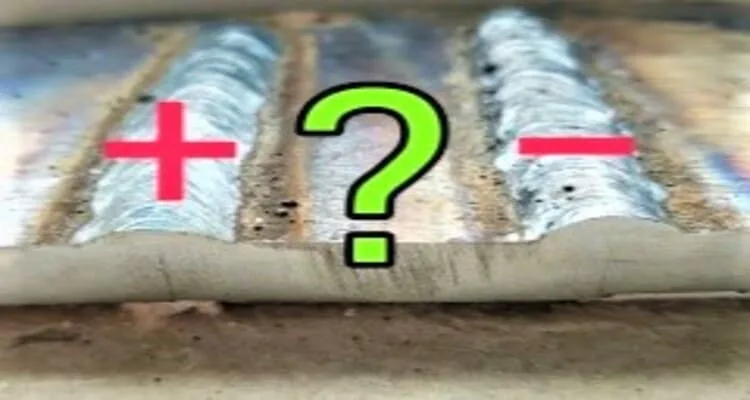
What is Polarity in Welding Means?
In welding, the polarity of a weld is determined by the direction of electron flow. Based on the welding current flow, the two types of welding polarity are:
- Direct current (DC) and
- Alternating current (AC).
In DC welding, the electrons flow in a single direction (positive to negative), from the electrode to the workpiece. This creates a welding arc that is more stable and easier to control than AC welding. By adjusting the positive or negative terminal in DC, further two types of Welding polarity can be created as:
- Direct Current Electrode Positive (DCEP), or Reverse Polarity.
- Direct Current Electrode Negative (DCEN), or Straight polarity.
In AC welding, the electrons flow back and forth between the electrode and workpiece, creating a more unstable arc. This type of welding is typically used for welding aluminum and other non-ferrous metals.
Is Stick Welding DCEP (Electrode Positive) or DCEN (Electrode Negative) or AC Polarity?
In stick welding or SMAW welding, to find if stick welding is electrode positive (DCEP) or electrode negative (DCEN), or AC polarity- we need to check -How we connect the workpiece or the electrode on the machine, and it decides the type of polarity in the stick welding.
If we connect the electrode to the positive terminal, we say it is direct current electrode positive (DCEP) polarity (also called reverse polarity). And similarly, if we connect the electrode to the negative terminal, we say it is direct current electrode negative (DCEN) or also called straight polarity.
When welding with a transformer-type welder, there is no straight or reverse or DCEP or DCEN polarity which means there is no polarity in AC stick welding as current flows in both directions in alternating current.
How Do You Reverse Polarity on a Stick Welder?
The polarity when welding with stick welding or SMAW or MMAW can be reversed by changing the terminals on the welder’s (Welding machine) front side. If we want, Reverse (DCEP) polarity, connect the positive terminal on the machine to the welding electrode,
and if want Straight or DCEN Polarity connects the welding holder with the negative terminal on the machine as per the arrangement shown in the below diagram for both types of the polarity.
The latest Welder (Welding Machine) has a polarity change switch that makes the welder job easy for changing the polarity for welding.
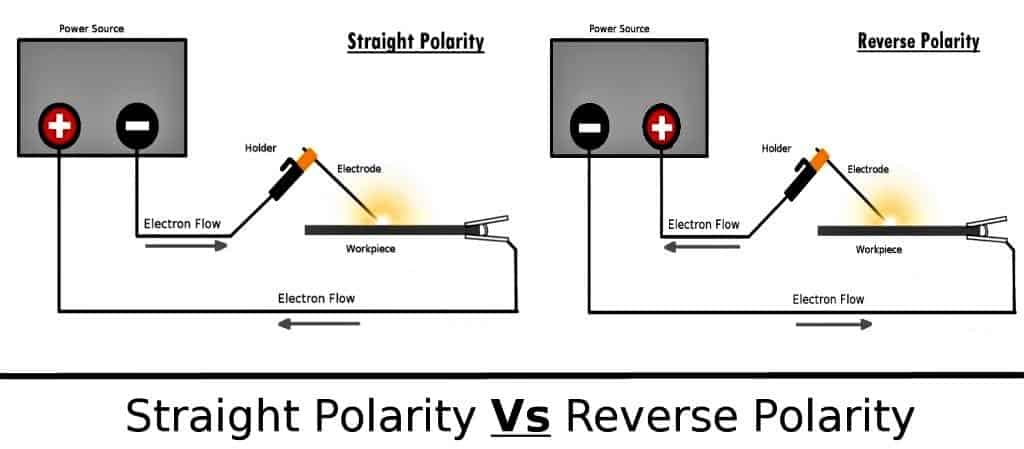
What Polarity should I use for Stick Welding?
The selection of the welding polarity depends upon the type of welding electrode- and the type of electrode coating decides the polarity for the electrode in stick welding.
Most stick welding or SMAW or MMAW welding electrodes run smoothly with DCEP or direct current polarity (Also called reverse polarity) but this is not universal.
Some electrodes can run on both AC, DCEP, and DCEN Polarities while some are good only with DCEP or DCEN. The welding electrode polarity chart for stick welding electrodes E6010, E6012, E6013, E7014, E7015, E7018, and E7024 is shown in the below picture.
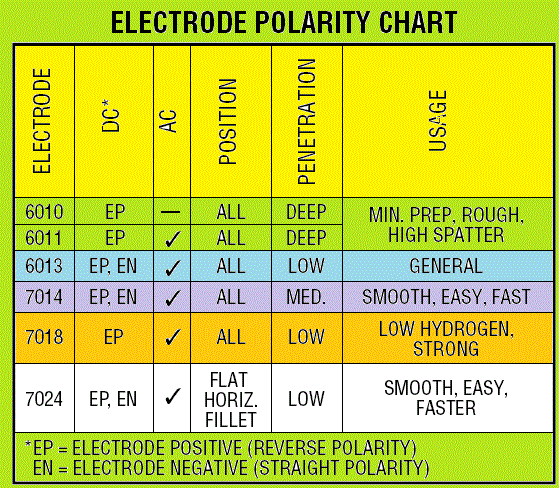
Stick Welding Polarity for E6010
E6010 or E4310 or E383C21 stick welding electrodes are used with DCEP (electrode positive) or Reverse polarity only & designed only for DCEP. Welding with AC or DCEN will result in an unstable arc and poor welding finish for the weld beads. So, choosing the right polarity for the E6010 type electrode is very important.
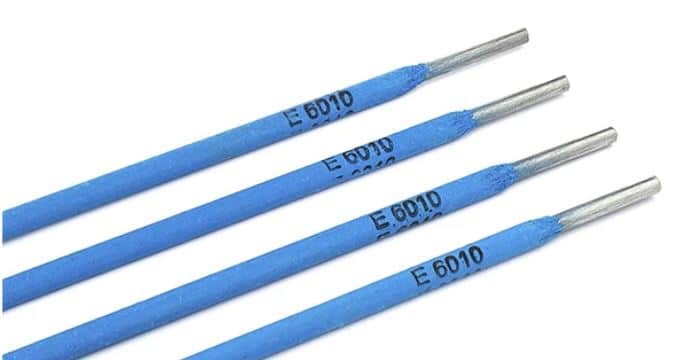
Stick Welding Polarity for E6011
E6011 or E4311 as per the CSA Standard electrode can be used with AC (Alternating current) or DCEP (Direct current electrode positive) polarity. Potassium present in the coating makes it easy to use with DCEP polarity.
E6011 does not have any sodium so it can not be used with DCEN (Direct current electrode negative) polarity but can be used only with Reverse or alternating (AC) current with stick welding or SMAW or MMAW welding.
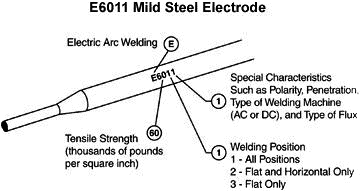
Stick Welding Polarity for E6013
E6012 & E6013 or E4313 or E380RC11 are used with Direct current electrode positive (DCEP) or also called Reverse Polarity. but only the E6013 is suitable for running under alternative current (AC) & DCEN (Straight Polarity).
Constant current (CC) characteristics is used in stick welding to balance the instability of the welder’s hand due to manual operation. This feature of the machine maintains the arc length during the welding without high fluctuation in the welding current and voltage.
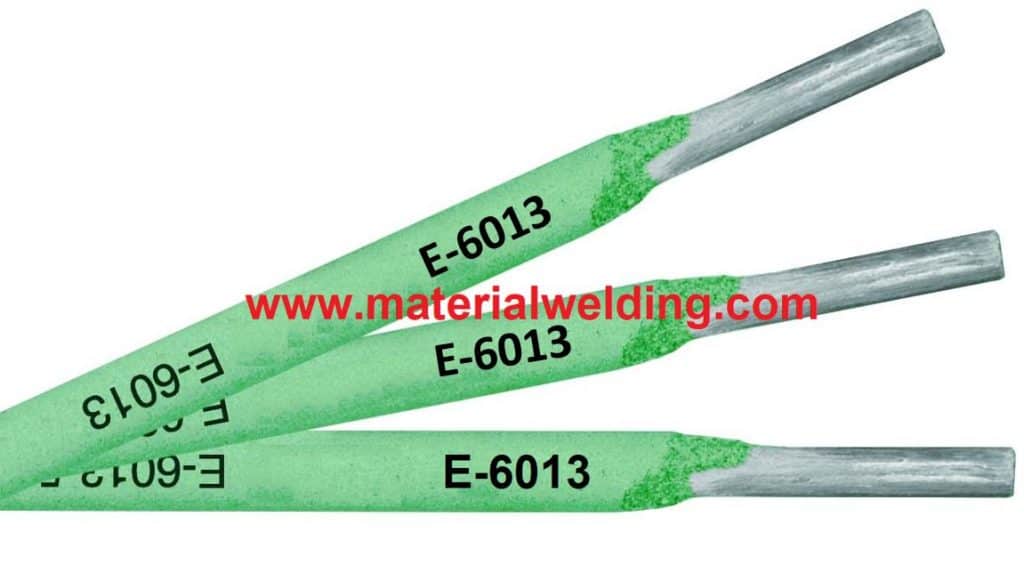
Stick Welding Polarity for E7014
When welding with the E7014 electrode, the polarity of the weld can be changed to produce different results. E7014 Rod can be used with AC, DCEP & DCEN Polarity. If you want to produce a wider weld bead with more heat input, you can use reverse polarity (DCEP).
With DCEP, the electrode is positive and the workpiece is negative. This produces a wider weld bead that’s less penetrating.
Stick Welding Polarity for E7015
When stick welding with E7015 electrodes, the polarity is direct current Electrode Positive (DCEP) or Reverse Polarity only. For the best results, it’s important to use the correct polarity for the electrode you’re using and the type of metal you’re welding.
With DC, the current flows in one direction and the electrode is always positive. This creates a strong arc that’s good for welding high-carbon steel. With AC, the current alternates back and forth and the electrode is positive for half of each cycle. This can cause unstable arcing and produce less weld penetration.
Stick Welding Polarity for E7018
E7018 or CSA E4918 or E42 5 B4 2 H5 electrodes can be used with AC and DCEP polarity. The potassium-based coating of the E7018 rod gives better arc features with AC and DCEP polarity.
E7018 electrodes are mostly used with reverse polarity in the companies as they offer good welding arc stability.
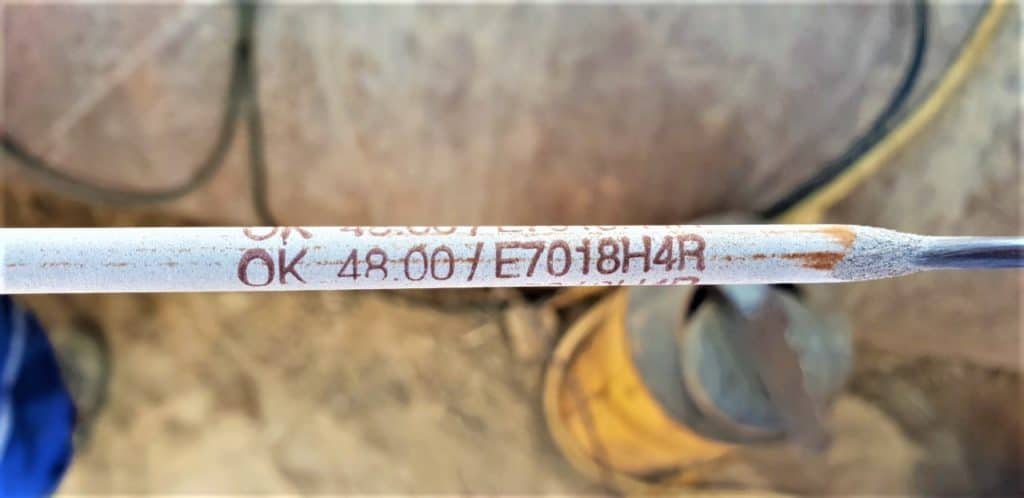
Stick Welding Polarity for E7024
E7024 or E4924 or E42 0 RR5 3 type electrodes are can be used with DCEP, DCEN & AC polarity They offer a high deposition rate but mostly used in flat positions only due to their coating limitations.
E7024 (Electrode classification) rod specification is AWS A 5.1.
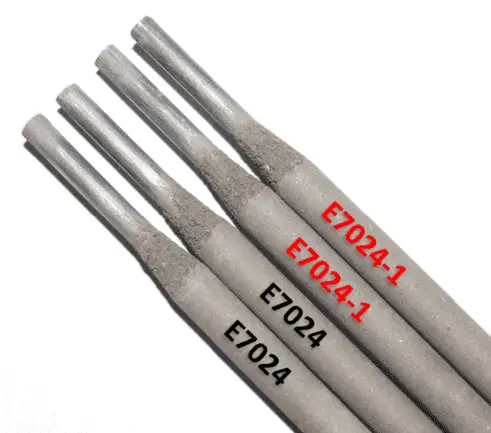
Does the Ground (Earthing) on Welding Machine Positive or Negative?
When welding, it is important to have a good ground. This ensures that the weld is stable and produces a quality weld. This connection creates a path for electricity to flow from the power source to the workpiece. The ground also acts as a shield, protecting the welder from electric shock.
There are two types of grounds possible in DC Welders:
- Positive Ground and
- Negative Ground.
The ground on a welding machine is usually negative in Stick Welding & MIG welding. The ground is kept positive in TIG Welding. This means that the clamp on the machine should be attached to the workpiece first and then the metal stick should be clamped to the workpiece.
It is important to connect the ground correctly to a welding machine. If you connect it incorrectly, you could create a dangerous situation. Make sure that you connect the ground strap to the negative or positive terminal of the power source and not to any other part of the machine.
Is TIG Welding Straight or Reverse Polarity?
In welding, the polarity of the electricity flowing through the weld affects the way the metal melts and how the weld looks. In TIG welding, there are two types of polarity: Straight and reverse. Which one you use depends on what type of weld you’re trying to make and what metal you’re using.
Straight polarity is when the current flows from the electrode to the workpiece. This creates a strong arc and gives you good penetration into the metal. It’s best for welding thin metals, like sheet metal or aluminum. This is the most used TIG Welding Polarity.
Reversed polarity is when the current flows from the workpiece to the electrode. This creates a weaker arc and doesn’t give as good penetration into the metal. This polarity is not used much in TIG welding.
